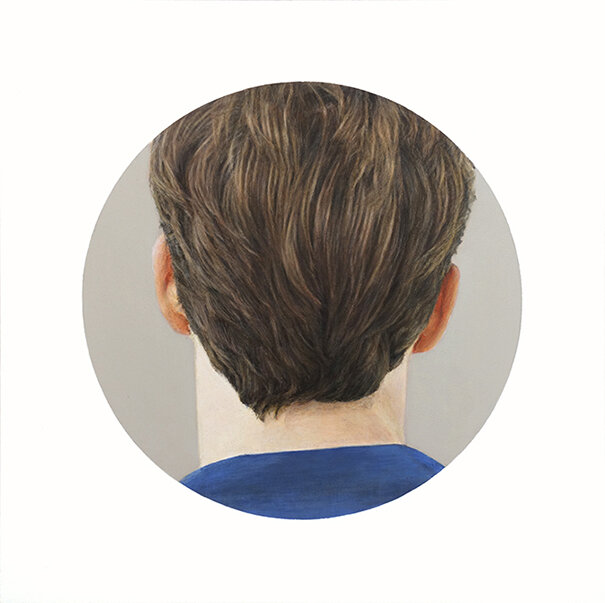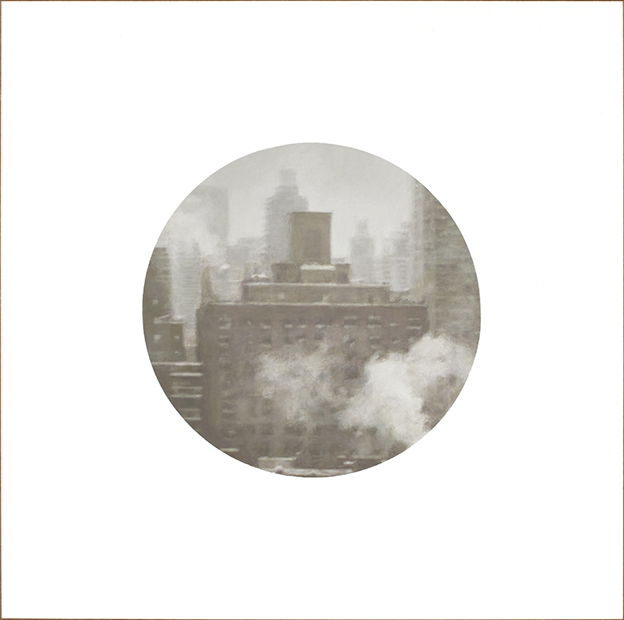JANE BaNKS
Many artists are drawn to the spotlight like short-lived moths to a dangerous flame, but not so with Banks, who is no average Jane. For starters, she’d rather be painting than doing pretty much anything else, except maybe breathing. Whether depicting a teacup or a lofty tower, Banks prefers to work on an intimate scale, and this proclivity, combined with her extraordinary technical skill, speaks to my longstanding devotion to the illuminator’s art. She also dotes on her works in a way that reminds me of a good parent with their offspring. Banks really knows each of her paintings, and just what they need to thrive, down to the last millimeter that should separate them from the wall so that the viewer’s experience of them is maximized. In fact, the word “approximation” has no place in Banks’ creative world; every line exists where it does for a particular reason that has been given generous consideration. This precision speaks of her deep-felt affection and respect for the very act of making, feelings that have been informed by an intense appreciation of folk art, dressmaking and other art forms that have a strong tactile dimension.
Banks’ fascination with fashion—and its illustration—holds an important place in her oeuvre. The images accompanying old sewing patterns became the starting point for a series of paintings that showcases the artist’s critical eye and wit. Banks meticulously copied the illustrations she found most intriguing, and then judiciously used cropping to create new aesthetic and narrative meanings for each. The process of scrolling through online clothing catalogues has resulted in her most recent series in that vein, although now the focus is on single figures and the dismantling of the body is taken a step further.
Borders play a crucial role in these paintings, and reflect the artist’s profound understanding of how the amount of blank space created around representational form affects the viewer’s interpretation of it. This principal is also integral to Banks’ views of New York City, where the circle is given a starring role for manifold reasons, including her desire to suggest a globe within a square and thus to emphasize the objectness of the painted image. I find the paintings’ carefully-balanced geometry deeply gratifying, partly because it appeals to my love of Piero della Francesca, Renaissance tondos and quattrocento Florentine architecture, as well as the dreamscapes of Giorgio de Chirico. I also happen to have a soft-spot for New York and those who remember the city when it still glittered with grit, and who have the knowledge of its varied luminosities imprinted on their souls. Jane Banks fits the bill just right.
(Please click on each painting for more information and to request prices)






















